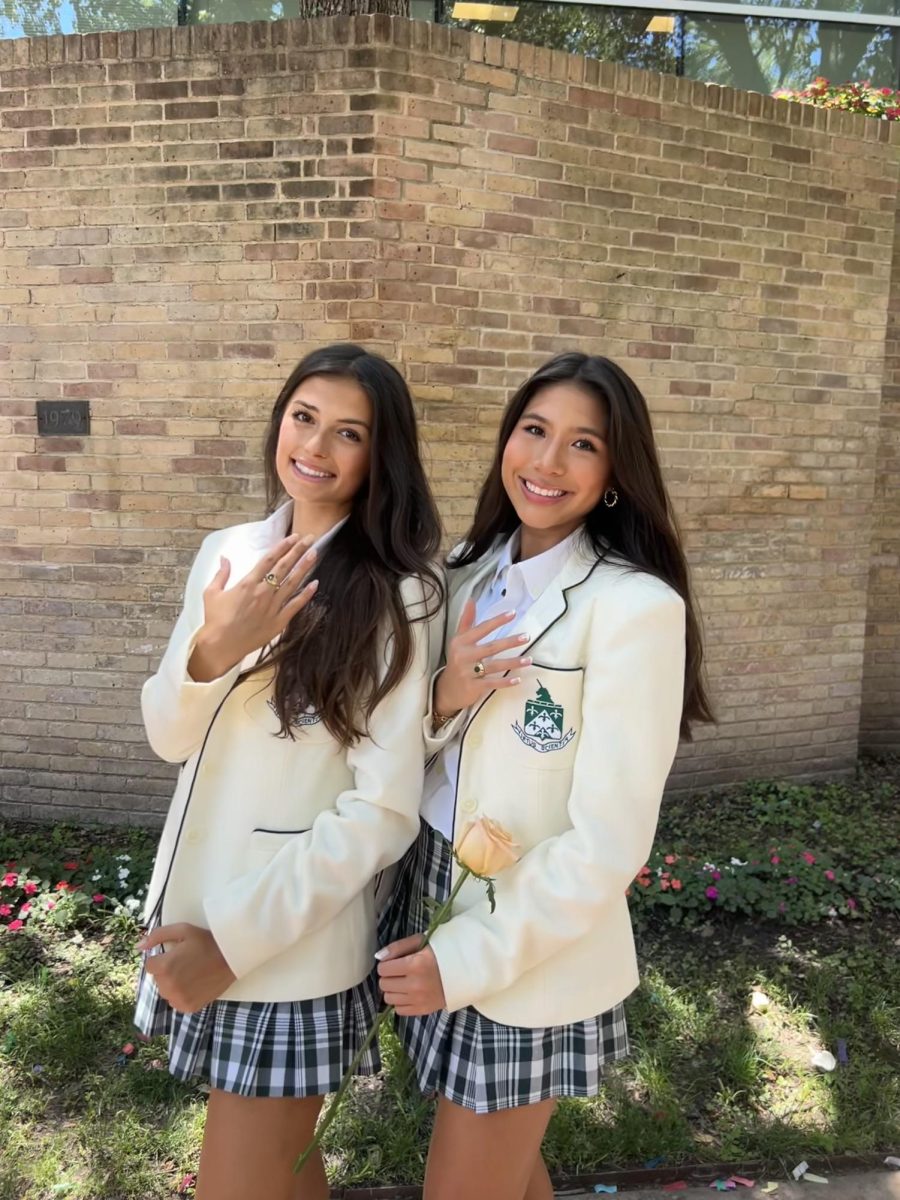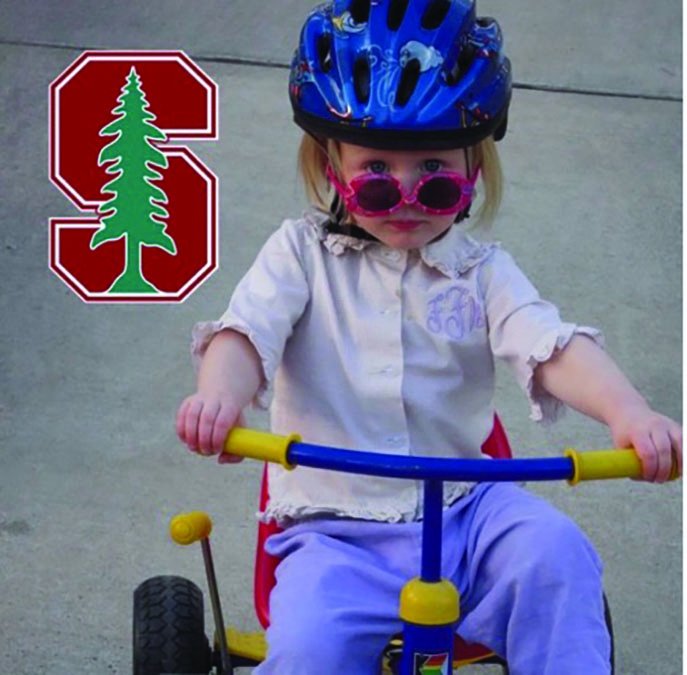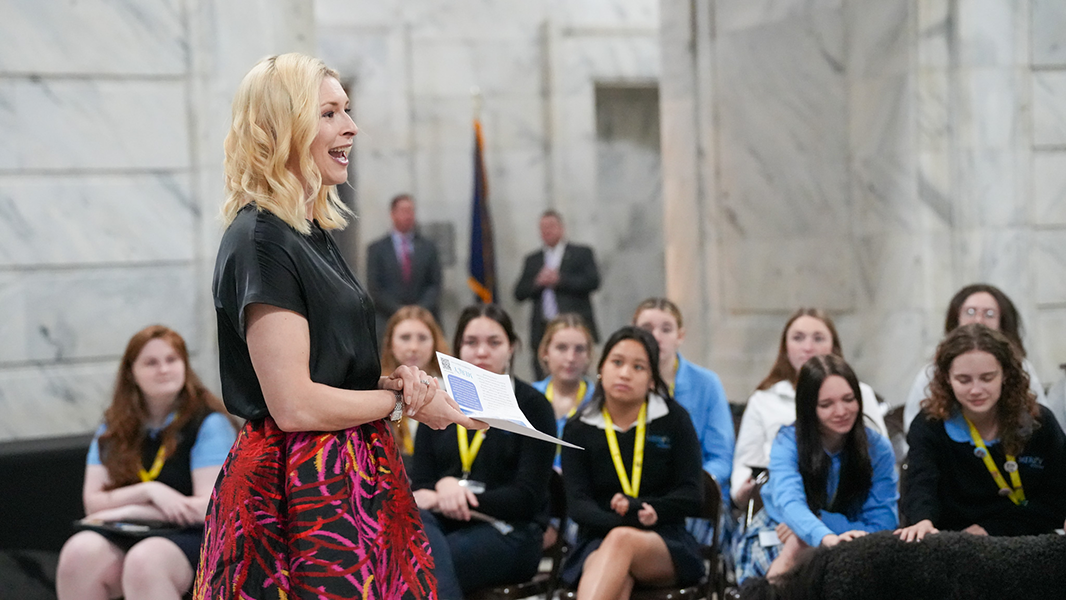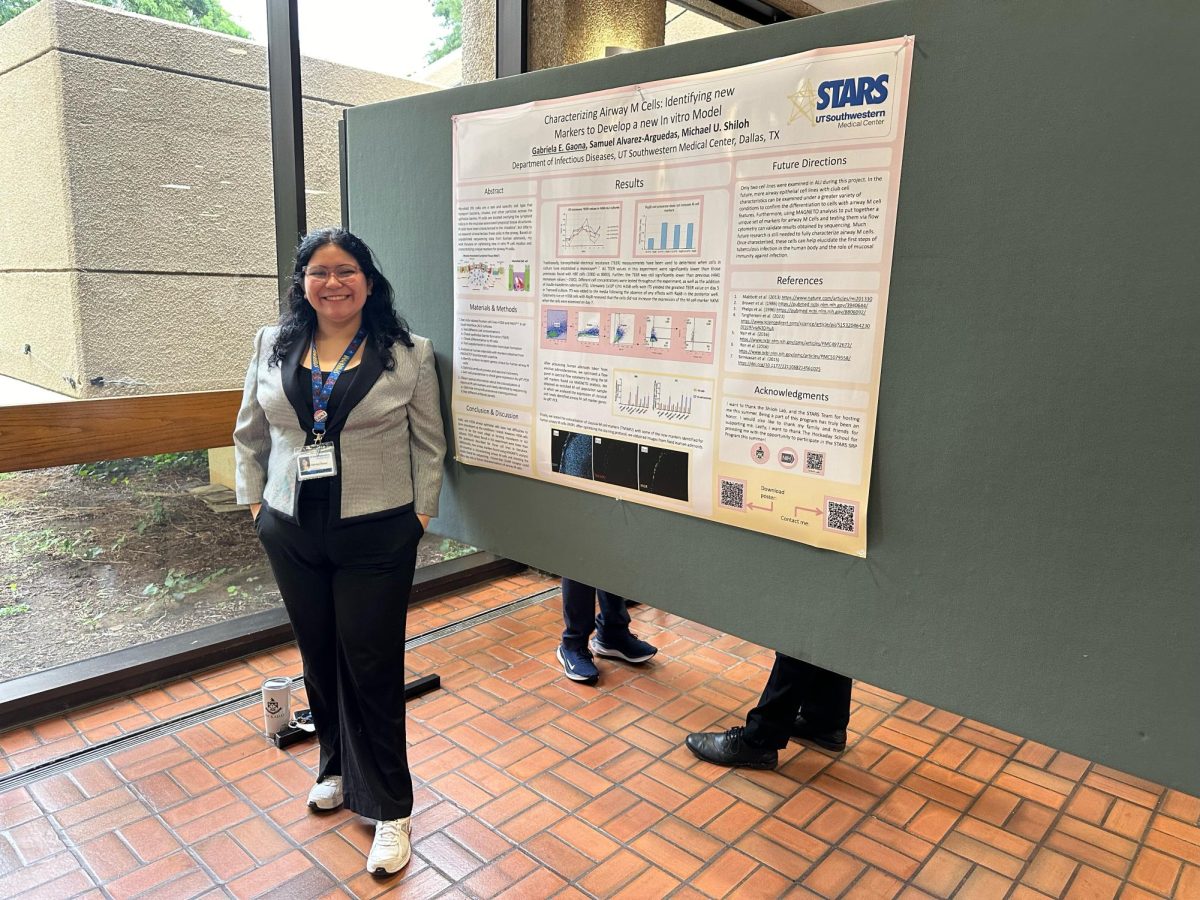AP Environmental Science students plan projects to make a global difference.
Senior Madalene Danklef jokingly posed a question to her AP Environmental Science class: “Wouldn’t it be cool if we could grow fish?” Little did she know that her idea would be put into motion as a year-long class project.
As part of the class’s curriculum, the students had to think of a project that would potentially improve environmental problems in real-world situations. Danklef’s idea fit the bill.
“We were watching this video about fish farms, and so I was like, ‘Well we could do that for our project,’” Danklef said. “It would be something that would be able to give back to a community if we were actually able to do this successfully.”
After the students unanimously voted to use Danklef’s proposal to create a sustainable aquaculture system for the project, Upper School science teacher Kirsten Lindsay, who teaches the course, drafted a rubric for the class to follow. The assignment consisted of the students “determin[ing] how to raise edible fish for a single family (or family group) in a developing nation.”
But why fish? According to the National Oceanic and Atmospheric Administration, fish are “excellent, affordable source[s] of protein, [are] low in fat and sodium and contain nutrients such as omega-3 fatty acids, which are important to good health.” And the idea of the project is to be able to provide people, particularly children, in underdeveloped nations with a reliable source of protein.
“Salt fish are things that you can keep for long periods of time [and] are a great lean protein source,” Lindsay said. “Ultimately, they are trying to get a really good, lean protein source, year round, in some way.”
Like all school projects, the fish farm needs to meet certain requirements. First, enough fish must be raised to feed a family of six, including leftovers for potential off-seasons. Second, all of the tools necessary to create the fish farm system must be affordable and readily available to a real family. And because it’s an environmental science project, the process must be safe and have a small ecological footprint.
But for now, the students have been researching a gamut of factors to be considered in the development of the fish farm— including what tools they should use, what fish they should raise and developing countries that could utilize the productivity of a fish farm.
Junior Mary Kate Korinek, a student taking the class, is researching potential outside variables that could affect the fish, like the weather.
“I’m looking outside of the range [of conditions] so that the fish don’t die,” Korinek said.
The fish farm will be built in one of the cement pods on the green lab of the science building. The final construction plan and identification of the students’ chosen fish will be completed by Dec. 17, but the students will not begin construction of the fish farm until Jan. 9. After that, the students have until Feb. 20 to install the system and begin raising the fish.
Upon completion of the project, the students must write a paper that explains what they did, how they did it and what they hope to achieve.
If the students succeed in creating an effective and functional fish farm, their paper will have the opportunity to get published in a scientific journal.
“Publishing the paper depends on their success,” Lindsay said. “But I have every faith that they are going to do great.”
Science Department Chair Dr. Marshall Bartlett emphasizes the essential differences between learning in a classroom setting and applying knowledge to the world.
“There’s a difference between trying to figure out how a process or a system works in the classroom and trying to make that same system work under the constraints of the real world,” Bartlett said. “Resources are limited, or you may not have the best conditions to make everything happen. [But], there is a great deal of learning that actually takes place when you operate under more and more constraints.”
Along with the fish farm, the AP Environmental Science class began another project that consisted of planting seeds in the pods of the green lab.
“It is an outside experimentation,” Lindsay said. “[The green lab] is a space where we can do different kinds of experiments that we’ve never done before because we have this great space that is exposed to natural conditions.”
The class planted three wild habitat seeds on Nov. 22. Two of the seeds grow native flowers while the other grows native grass. The goal of this project is to observe what types of species the plants attract such as sparrows, wrens or warblers.
Although it doesn’t apply to real-world problems, it just goes to show that both projects are significant to learning about and appreciating the environment.
Unlike the green lab project, the fish farm involves design. Bartlett stresses the growing emphasis on designing things like the fish farm in the Hockaday science curriculum to influence students’ learning experience.
“The idea of design is not just ‘We are going to make something that looks cool,’ but design in the sense that we have a problem and we need to apply that knowledge that we have learned to come up with a solution,” Bartlett said.
The emphasis of design not only occurs in the AP Environmental Science class, but also in a Lower School science course named Invent to Learn that focuses on different aspects of design and the thought processes involving them.
But the fish farm project was manufactured with the idea of changing the lives of people in the real world—not just in the classroom.
“I think this is one of the most clear-cut things in our learning curriculum: where we can take things that students are learning in the classroom and give them the opportunity to see their application in the real world,” Bartlett said. “This [project] is actually one that matches our resource capacity—we can build something on a small scale and show that it works.”
Whether or not the project gets published in a scientific journal, the students are still inspired by the fact that their aquaculture system has the potential to help people in need of food and fresh water.
“I think that it really makes a global difference,” Korinek said. “It connects what you’re learning to real-world problems and provides an opportunity to help people.”
– Erin Thomas













